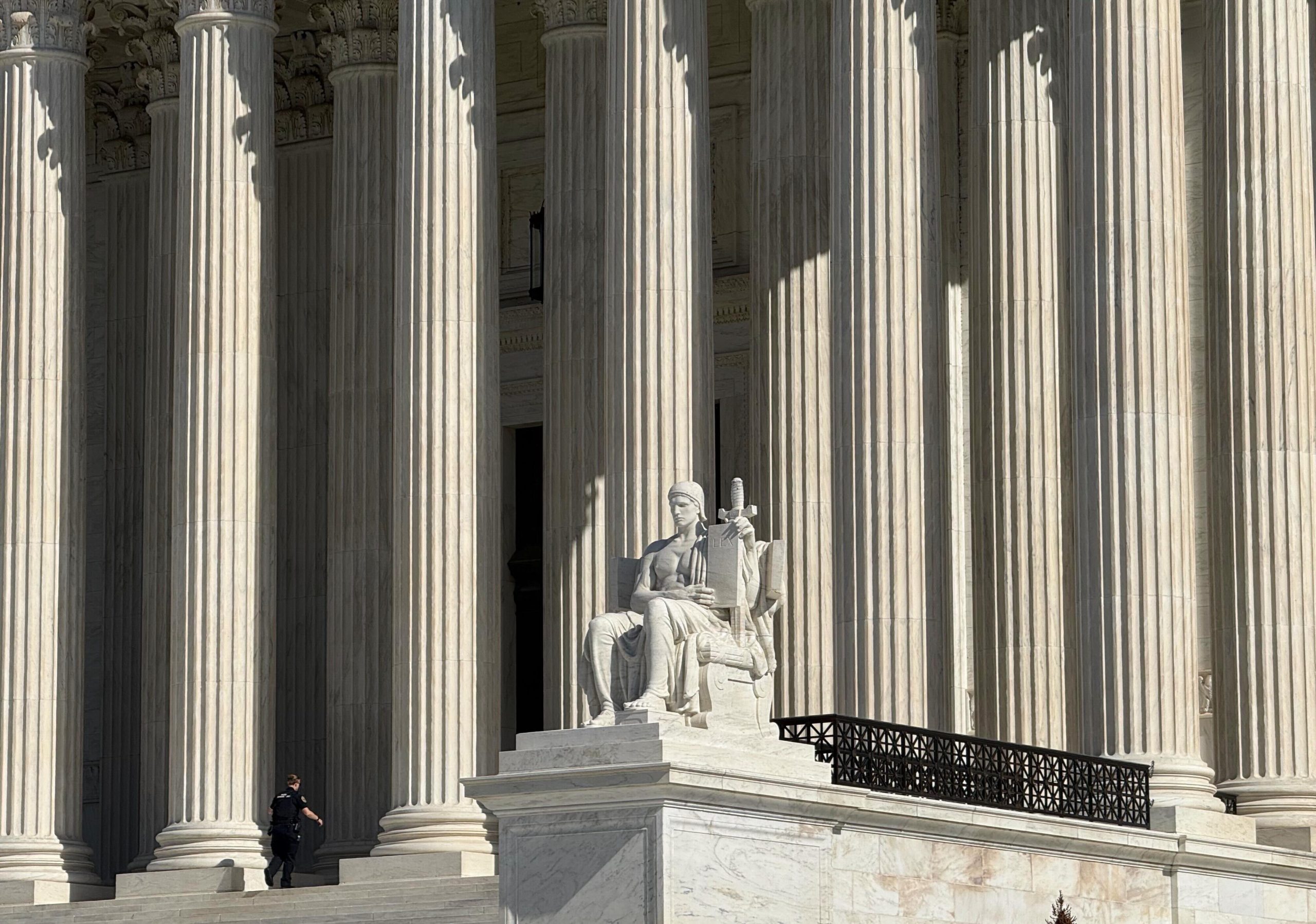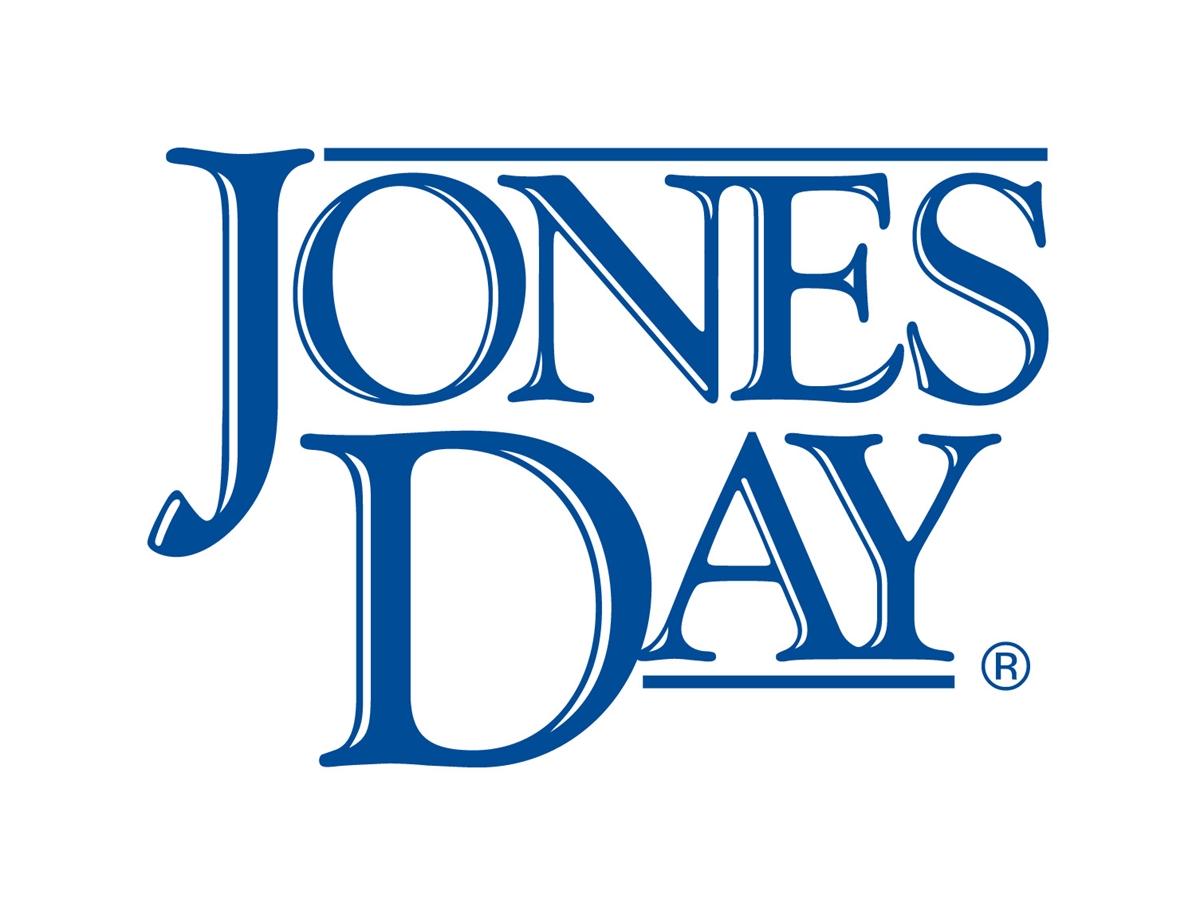INTA urges EUIPO Grand Board confirm human face marks are not excluded from trademark registration
“INTA takes the view that the image of a face of a human being may well serve as a means to distinguish goods and services.” – INTA brief
Johannes Hendricus Maria Smit – Source: INTA brief
The International Trademark Association (INTA) announced today that it has filed an amicus brief in a referral to the Grand Board of Appeal of the European Union Intellectual Property Office (EUIPO) that asks for clarification on registering human faces as trademarks. INTA urged the Grand Board to confirm that “signs consisting of photorealistic facial images of people, including famous ones, are not per se excluded from trademark protection.“
The case stems from Johannes Hendricus Maria Smit’s attempt to register his face (pictured above right) as an EU trademark in various classes for a range of goods and services. Smit, a “singer and TV presenter” who is well-known in The Netherlands, but is not known in other EU member states, according to INTA’s brief, was initially refused registration in January 2016. The examiner invoked Article 7(1)(c), (b), and/or Article 7(2) EUTMR. A final decision was issued by the examiner in December of 2023, again refusing registration for, among other reasons, a lack of distinctiveness, descriptiveness with respect to some goods and services, and because “
otwithstanding the decision 16/11/2017, R 2063/2016-4, REPRESENTATION OF A PERSON’S FACE and a number of similar decisions of the Board of Appeal, the Office remains of the opinion that (photographic) images of persons are commonplace in the advertising of products and services.”[n]Smit appealed to the Second Board of Appeal, which referred the case to the Grand Board in September 2024, citing the following reasons:
“It is apparent from a preliminary examination that, at first instance, the Office appears to systematically refuse registration of trade marks containing the face of a person pursuant to Article 7(1)(b) and/or Article 7(1)(c) EUTMR. In the most recent years, the Board of Appeal has ruled, by various decisions, that EU trade mark applications containing a person’s face are not inherently devoid of distinctive character.”
INTA in its brief noted a contradiction in the examiner’s reasoning; the examiner at once stated that the person depicted in a photo seeking registration is required to be well-known, but also said the reputation of the person can contribute to the mark being unregistrable, since “the relevant consumer would understand it as referring to its subject matter, namely the artist, musician, painter or philosopher in question, and not as an indicator of commercial origin.” The amicus brief pointed to several cases in which the Grand Board of Appeal has affirmed the ability of a portrait image to act as a source identifier and encouraged the Board to continue this line of reasoning.
The brief further argued that faces can act as commercial source identifiers under certain circumstances and set out suggested criteria to consider when evaluating such marks:
“INTA takes the view that the image of a face of a human being may well serve as a means to distinguish goods and services if (i) it is used in the course of trade in relation to goods or services, (ii) it is used in a consistent format and appearance; (iii) it is used in a manner (e.g. on a specific position of the goods) which the addressed public already knows and perceives as typical for trademarks, and (iv) either the public is accustomed in the specific market to such portraits being used as trademarks or the portrait has special characteristics which make it different from a “normal” portrait.”
Source: INTA brief
INTA pointed to several well-known examples from the food/ restaurant sector (pictured left) as evidence that the public can associate faces with commercial goods/ trade origin. Like name trademarks, faces should simply be assessed by examiners for whether they have been used in the course of trade:
“
ny examiner, having to assess the capability of the image of a face to fulfil the function of a trade mark, should examine whether the concrete trademark applied for in the context of the market of the goods and services applied for and the consumer habits as well as the manner in which trademarks are used in the respective market, is capable of being regarded as a trademark by the average consumer or, alternatively, whether special characteristics which make it different from a “normal” portrait make it likely that the applied for mark will function as a trademark.”[A]The brief also pointed to the examples of color and other non-traditional marks, where establishing distinctiveness may also be difficult.
With respect to inherent distinctiveness, INTA told the Grand Board that the approach of the Fourth Board of Appeal should be followed. The Fourth Board of Appeal found that the image of Dutch model Maartje Robin Elke Verhoef could be used as a trademark. The INTA brief stated that when assessing both inherent distinctiveness and descriptiveness, the subject matter of trademark protection would not be the face of a person or his/her likeness in general, but only a particular photograph of that person. The brief stated that the subject of trademark protection, when assessing both intrinsic distinctiveness and descriptiveness, “would not be a person’s face or likeness in general but only a specific photograph of that person.”
Eileen McDermott, Editor-in Chief of IPWatchdog.com is a veteran IP and legal journalist. Eileen McDermott is a veteran IP journalist and has held editorial and management positions at
.







